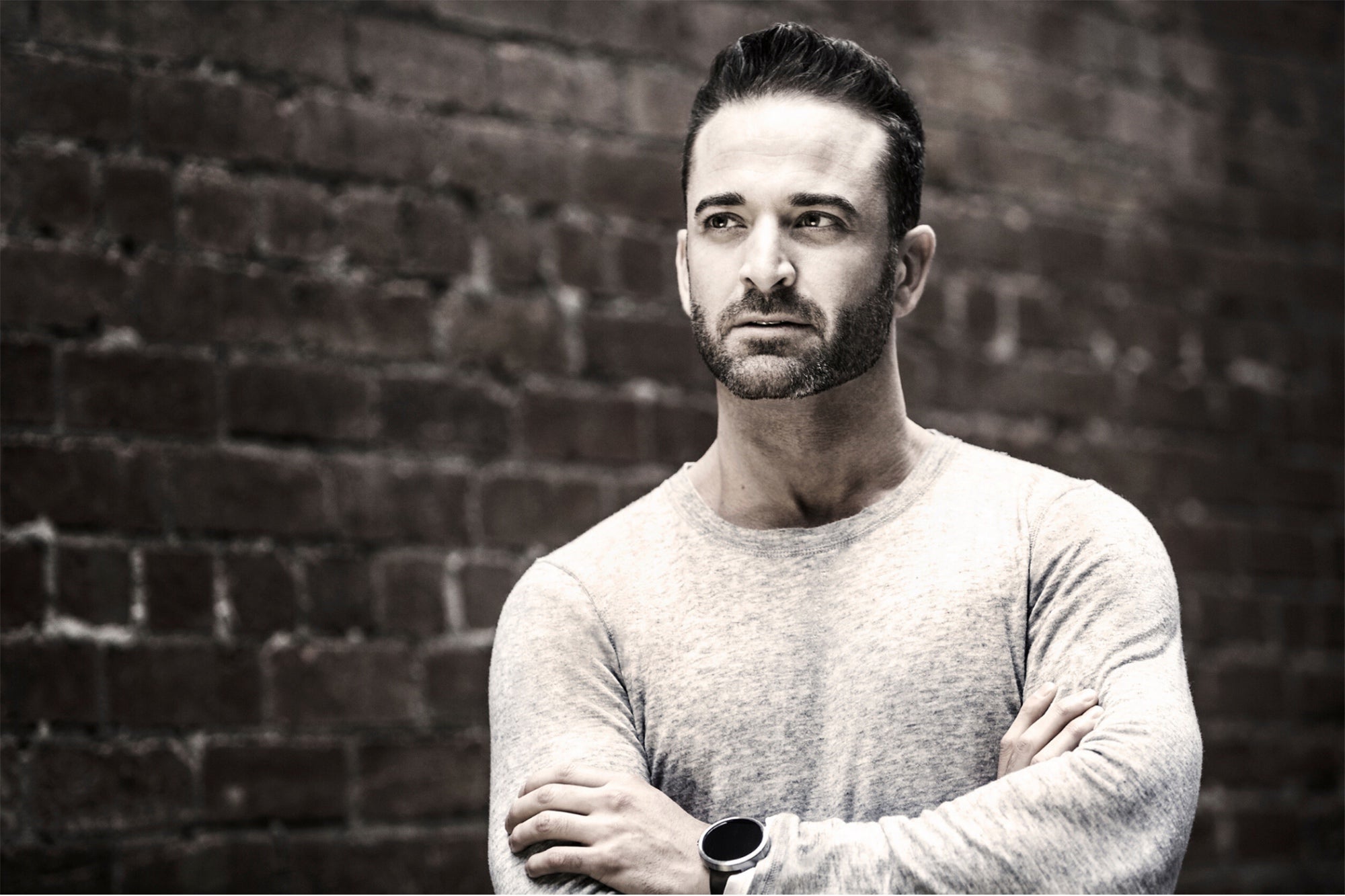When Will We Finally Put Our Money Where Our Food Grows?With solutions within reach, additional funding can go a long way to turn the corner on shoring up sustainable food sources.
Key Takeaways
- The dual threat of climate change and hunger — which is already ravaging the globe — makes climate innovation as crucial as the air we breathe.
Opinions expressed by Entrepreneur contributors are their own.
Extreme weather has left China's corn-producing north suffering from a drought-inducingheatwavewhile the central region of Henan drowns in field-ruining floods.Elsewherein the world's second most populous nation, heavy rain threatens the rice harvest in the fall while heatwaves kill livestock.
China's government, known for setting ambitious targets, aims to ensurefood self-sufficiencyamong its 1.4 billion people. That's going to be a massive challenge even without considering the ongoing brutal weather the country is currently experiencing, considering China houses a fifth of the world's population but just a10th of its arable land.
Of course,food insecurityand climate change are far from being only a China problem. In fact, considering the country's massive population and diverse ecosystems,Chinais a microcosm of our planet.
The World Food Programme estimates thatmore than 345 million peoplesuffer from high levels of food insecurity, which is exacerbated byclimate change'simpact on the environment.
All of this could be easily compounded by arecent decisionby Russia to terminate a deal enablingUkrainiangrain exports to reach global markets. The dual threat of climate change and hunger — which is already ravaging the globe — makes climate innovation as crucial as the air we breathe.
The challenge lies in fighting both problems, which compound each other.
Think, for example, of the agricultural sector, where24%of greenhouse gas emissions come from farming, livestock, forestry, and other land uses.
When we think about agriculture as a contributor to climate change, the first thing that probably comes to mind is the cattle industry. As incomes have risen over the last several decades, global demand for beef products has caused consumption to skyrocketfourfoldsince the 1960s.
Alternative plant-basedmeatoptions were once hard for consumers to chew on (figuratively, but also perhaps literally). But over the last several years, the industry, which now includes lab-grown meat, has really made strides. Thanks to increased funding from VCs, foodstuffs companies and meat suppliers, R&D initiatives have taken significant steps in creating more consumer-friendly products.
So much so that the alternative meat industryis expected to more than doubleto $12.3 billion by 2029, but that still isn't enough. For meat alternatives to really make a dent, the industry needs more funds, specifically for production and scaling. That's on top of regulatory hurdles and costs.
And considering the research showing promising methods, smart money should take note.
In researching the possibility ofcreating heat-resistant crops,The EMBO Journalfound that plant roots can self-regulate under fluctuating temperatures. Plants can actually acclimate themselves to warmer temperatures, enabling new strains capable of withstanding the pressures of climate-induced heatwaves.
To adjust to the unpredictable temperatures, Chinese scientists have developed aheat-resistant strain of ricecapable of producing higher yields by identifying the location of two genes on a chromosome.
Related:Why Being Profitable is a Business Strategy in Itself
Agriculture's status as a major source of greenhouse gas emissions results from its heavy reliance on dangerous nitrogen fertilizers, which also harm the soil, air and waterways.
And by "harm," we're talking about serious damage to entire ecosystems. "Dead zones," for example, form when excess nutrients — mostly nitrogen and phosphorus — enter coastal waters and help fertilize algae blooms. These algae eventually die, sink to the bottom of the bodies of water, and are eaten by bacteria, which consume dissolved oxygen from surrounding waters as they feed. When atmospheric oxygen doesn't dissolve into these waters, they can suffocate marine life.
We've seen the effects of dead zones in the Chesapeake Bay in Maryland and Virginia, whose blue crab population hit arecord lowlast year — much to the detriment of Marylanders especially, for whom steamed blue crab is a seafood staple. Of course, dead zones exist all over the world, and agricultural pollutants exacerbate the problem. Like in economics, solving one hunger problem often creates a new one. But there are ways to reduce our reliance on harmful fertilizers.
Incentivizing farmers is key to findingsustainable food productsand solutions while preserving the environment. Without their cooperation, implementing the necessary solutions to protect the environment and curb greenhouse gas emissions is impossible.
With solutions in reach, additional funding can go a long way to turn the corner on shoring up sustainable food sources. Solving the challenges at hand and forging a new path toward sustainable food production requires the widest combination of solutions, methods, services, and technologies.











